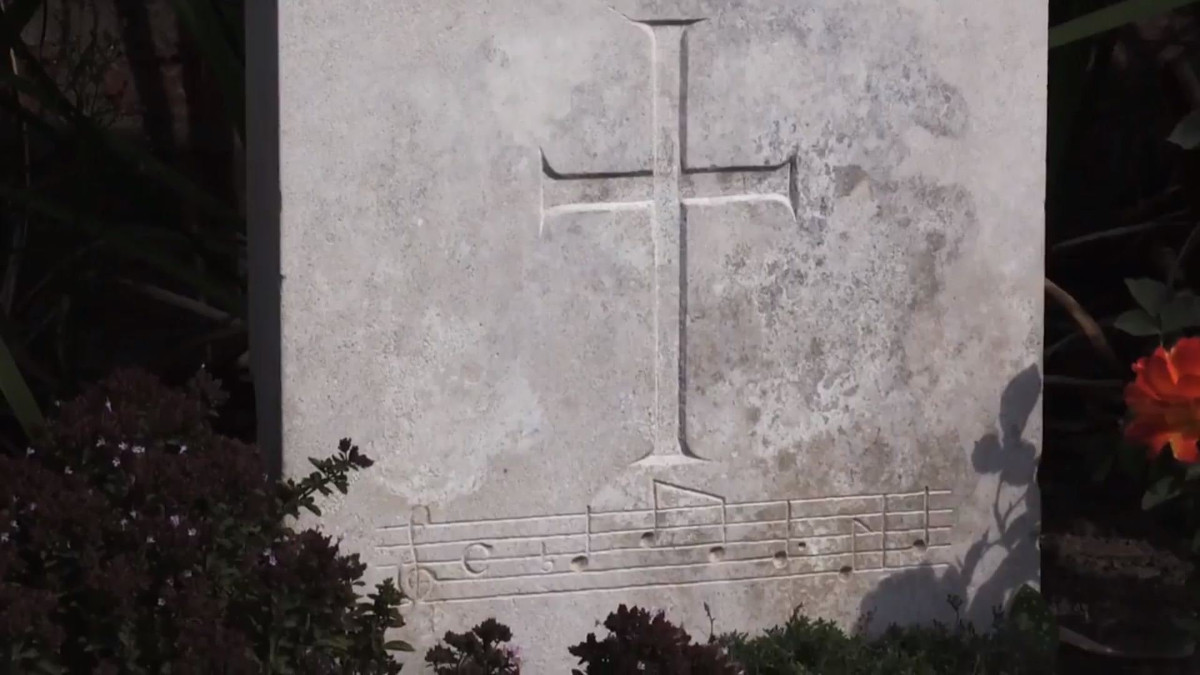This presentation, an in-joke among engineers, is technobabble but manages to seem oddly persuasive. In 1970, John Ware and Reed Williams of the University of Southern California School of Medicine ran an experiment that helps to show why.
The researchers arranged lectures on mathematical game theory for two audiences of psychiatrists and psychologists. In one classroom the lecturer was an actual scientist, and in the other he was an actor playing “Dr. Myron L. Fox” who’d been given one day to prepare a lecture “with an excessive use of double-talk, neologisms, non sequiturs, and contradicting statements.”
When both Fox and the scientist delivered their material in an inexpressive monotone, the scientist’s students performed better on an examination. But when both spoke engagingly, the students rated the charlatan as highly as the expert.
“The actor fooled not just one, but three separate audiences of professional and graduate students,” law professor Deborah J. Merritt wrote later. “Despite the emptiness of his lecture, fifty-five psychiatrists, psychologists, educators, graduate students, and other professionals produced evaluations of Dr. Fox that were overwhelmingly positive. … The disturbing feature of the Dr. Fox study, as the experimenters noted, is that Fox’s nonverbal behaviors so completely masked a meaningless, jargon-filled, and confused presentation.”
The lesson seems to be that an empty presentation delivered by a charismatic speaker can impress even an experienced audience.
(John E. Ware and Reed G. Williams, “The Dr. Fox Effect: A Study of Lecturer Effectiveness and Ratings of Instruction,” Journal of Medical Education 50:2 [1975], 149.)
Below: On Amazon’s Patriot, Leslie Claret schools John Lakeman in piping salesmanship.



